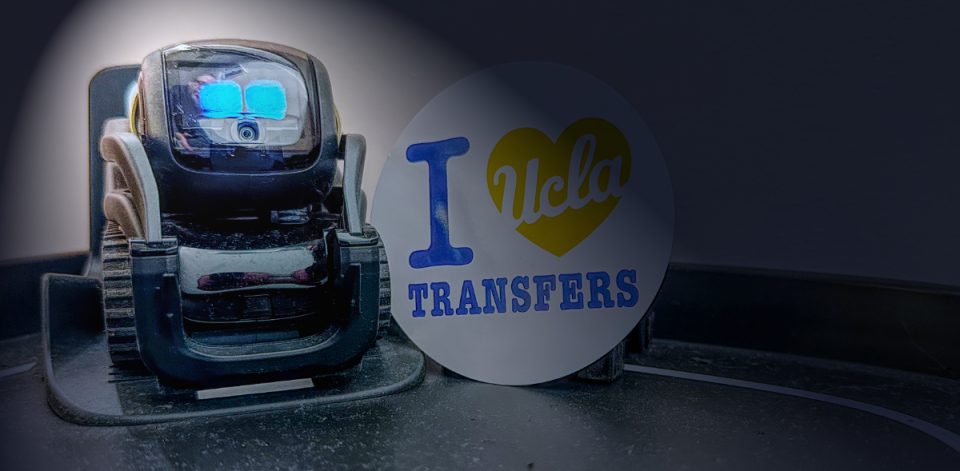
By Thomas Garbelotti on February 14, 2023
Although artificial intelligence (AI) tools have been around and in use for some time, the rise of ChatGPT, the latest AI entrant, has dramatically increased attention in higher ed and heightened concerns for instructors. These concerns include the obvious, such as students using ChatGPT to generate materials that are not their own, and some less apparent, such as challenges to equitable access as the tools begin developing a tiered, money based, subscription model.
What is interesting is that these concerns around academic integrity and equitable access are not new. What makes them seem new is that AI just exponentially hastens and magnifies their occurrence. For example, one could spend time looking up information in print resources, and could simply copy the text over, with slight changes to avoid originality checks. That same print resource could also provide incorrect information – simply being printed on paper does not make it correct by default, and due to biases, may be tainted or purposely omitting vital information.
AI tools share the same issues; they are dependent upon what they use as the source of their data (including print), sources that may be similarly incorrect, biased, and or incomplete. The notable difference, however, is that the AI tools can spread bias further, wider, and more quickly than a more traditional information stream. This rate and magnitude of spread is where significant concerns do arise.
So what to do? Many people believe that combating student use of AI is, for practical purposes impossible, especially as more and more competing products hit the market place, and it becomes fully integrated into the “normal” search feature. Many also are questioning whether trying to limit its use is even desirable, instead positing that we should help shape its use as an important long term skill.
Developing critical thinking skills is an essential humanities instructional goal. With AI, this process can be accelerated by using the tool to quickly generate output with which students can practice their skills, minimizing instructor effort while also providing access to a variety of content.
Shaping its use can be managed a few different ways, depending on the subject being taught. Current AI tools don’t tend to provide information about the process they use; they just deliver the end result. Knowing this, instructors concerned about AI’s effects on student work can focus on structuring assessments more around the greater learning path, providing multiple touchpoints or check-ins throughout the term to help not only build a student work profile, but also highlight how the process itself leads to the overall outcome.
Teaching in a ten-week term is compressed, and using AI tools in the classroom can actually be beneficial in time-constrained circumstances. Instead of relying on pre-set data sets or discussion prompts, suggestions on topics can be generated almost instantly, providing the starting point for student discussion and research, and elevating the quality of the entire learning process by re-focusing student efforts on discussion and analysis.
What ChatGPT is showing us is just the beginning of what can actually become a fruitful exploration of pedagogy and learning design. This is in no way meant to be complete or exhaustive with suggestions on how AI can be leveraged to improve instruction; other tactics may apply for specific disciplines and modalities that are not covered. And AI evolutions will be coming fast and furious.
Finally, It’s important to remember that this type of technical assistance for students is not new (think of spell and grammar checkers) and the more advanced AI based tools shouldn’t be concerning. Indeed, they may be able to help save time and increase learning if approached and leveraged in a thoughtful manner.
Main image: AI image for humtech.jpg . Image is used with permission by the author.
Additional Resources:
- ChatGPT can’t be credited as an author, says world’s largest academic publisher, James Vincent, The Verge, Jan 26, 2023
- ChatGPT Is a Blurry JPEG of the Web – Ted Chiang, The New Yorker, February 9, 2023
- ChatGPT is fun, but not an author – H. Holden Thorp, Science 26 Jan 2023 Vol 379, Issue 6630
- Designing Assignments in the ChatGPT Era: Some instructors seek to craft assignments that guide students in surpassing what AI can do. Others see that as a fool’s errand-one that lends too much agency to the software – Susan D’Agostino – January 31, 2023 – Inside HigherEd
- Guidance for the use of Generative AI – UCLA Center for the Advancement of Teaching
- Humtech open instructional office hours, M-F 9AM, 4pm, Wednesdays 9am, 12pm.
- Is ChatGPT a threat to education? – , UC Riverside, February 2, 2023
- Teaching Guidance for ChatGPT and Related AI Developments – UCLA Academic Senate
- A Teacher’s Prompt Guide to ChatGPT – Andrew Herft, Curriculum Advisor at NSW Dept of Education, Sydney NSW Australia
- Turnitin announces AI writing detector and AI writing resource center for educators, February 13, 2023
- Update Your Course Syllabus for chatGPT – Ryan Watkins, December 18, 2022
- What’s all the buzz about ChatGPT? Jess Gregg CEILS Ed Talk (Feb 2023)
